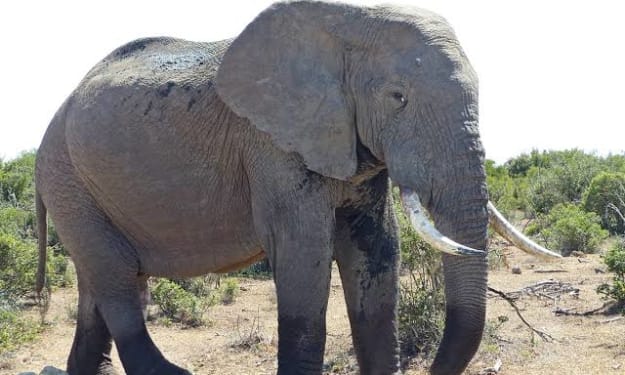
Resources that occur naturally in the environment and are crucial for human survival and development are known as natural resources. Based on their origin and characteristics, they can be divided into a number of groups. I'll go into great detail on the many kinds of natural resources and their significance in my response:
1. Renewable Resources:
Resources that can be replenished or replaced over time by natural processes are known as renewable resources. They consist of:
a) Solar Energy: The sun, a plentiful source of heat and light, is the source of solar energy. Solar panels, which turn sunlight into electricity, can be used to capture this energy. Solar energy may be used to power homes, businesses, and even entire cities. It is clean, sustainable, and adaptable.
b) Wind Energy: Wind energy is produced by using wind turbines to capture the kinetic energy of the wind. Wind farms are built in places with continuous, high winds, usually close to coastlines or on wide plains. The energy of the wind is transformed into electricity by the turbine blades' rotation. A clean and sustainable energy source that aids in reducing greenhouse gas emissions and halting climate change is wind energy.
c) Hydropower: By utilizing the energy of falling or flowing water, hydropower can be produced. Electricity is produced from water's potential energy using turbines and dams. Hydropower is dependable, economical, and doesn't release any greenhouse emissions. It is frequently utilized to produce energy, especially in areas with plenty of water resources.
d) Geothermal Energy: The heat produced by the Earth's core is used to produce geothermal energy. Geothermal power plants, which use steam or hot water from underground reservoirs to generate electricity, can exploit this heat. Geothermal energy is a dependable and sustainable source of power that is available all the time and produces less greenhouse gas emissions.
e) Biomass: Organic material derived from plants and animals is referred to as biomass. It consists of organic waste, timber, and agriculture byproducts. Combustion, fermentation, or gasification are a few of the processes that can turn biomass into bioenergy. Bioenergy can be utilized as a fuel for transportation as well as for heating, cooking, and producing power. Utilizing biomass can lessen dependency on fossil fuels because it is a flexible and renewable resource.
2. Non-renewable Resources:
The amount of non-renewable resources is limited and cannot be replaced throughout the course of a human lifetime. They consist of:
Fossil fuels are made from the remains of extinct plants and animals that were buried and exposed to extreme pressures and temperatures over millions of years. Fossil fuels include coal, oil, and natural gas. They today provide the majority of the world's energy, sustaining transportation, industry, and the production of electricity. Fossil fuel extraction and burning, however, release greenhouse gases that worsen air pollution and accelerate climate change.
b) Minerals: Minerals are inorganic substances that are found in nature and have commercial value. They are necessary for many different industries, including manufacturing, technology, and construction. There are two categories of minerals:
- Metallic Minerals: Iron, copper, gold, silver, and aluminum are just a few examples of metallic minerals. Metals, which are necessary for equipment, electronics, and infrastructure, are produced using these minerals.
Non-metallic Minerals: Non-metallic minerals include a variety of substances, such as silica, salt, gypsum, limestone, and salt. Among other things, they are utilized in ceramics, glass, glassware, chemicals, fertilizers, and construction materials.
c) Nuclear Energy: Nuclear power plants use the non-renewable resource uranium as fuel to produce energy. Nuclear fission, in which the nucleus of an atom splits into two smaller resources that occur naturally in the environment and are crucial for human survival and development are known as natural resources. Based on their origin and characteristics, they can be divided into a number of groups. I'll give an outline of the many kinds of natural resources and their significance in this reply.
About the Creator
Enjoyed the story? Support the Creator.
Subscribe for free to receive all their stories in your feed. You could also pledge your support or give them a one-off tip, letting them know you appreciate their work.





Comments
There are no comments for this story
Be the first to respond and start the conversation.